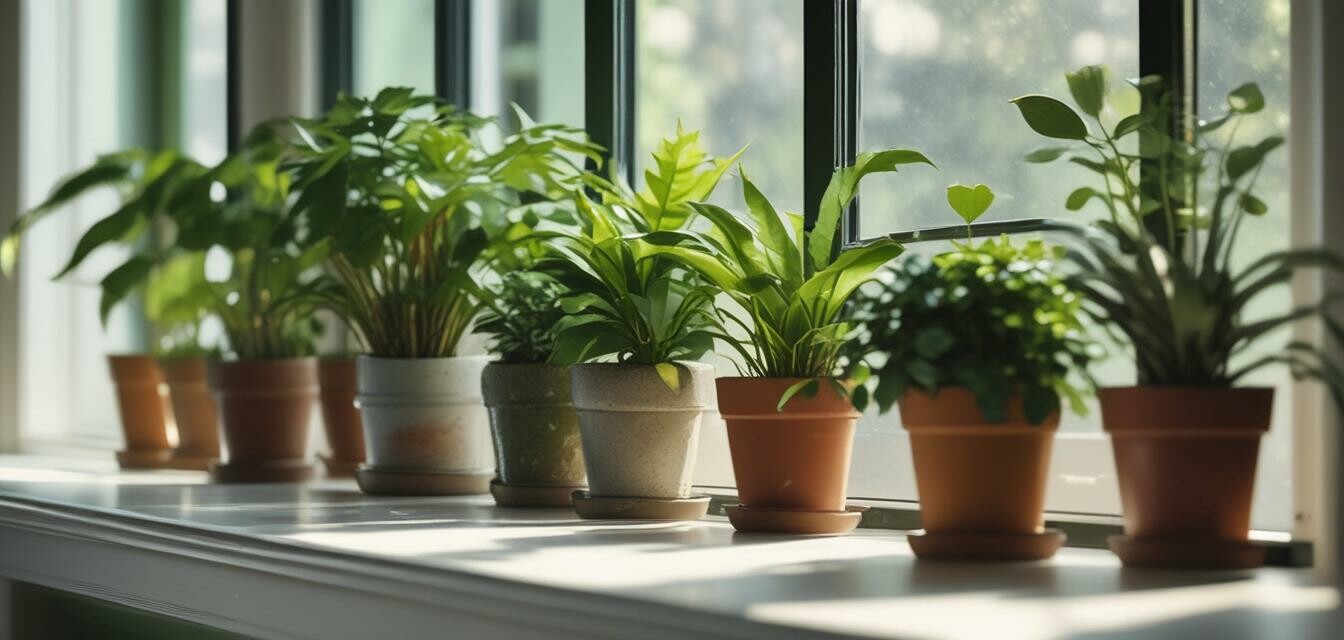
Essential Care for Newly Purchased Houseplants
Key Takeaways
- Allow your plants to acclimate to their new environment gradually.
- Establish a proper watering routine based on the plant type.
- Provide adequate lighting while avoiding direct harsh sunlight.
- Monitor humidity and temperature for optimal growth.
- Be vigilant about pests and diseases during the initial adjustment period.
Welcoming new houseplants into your home can be an exciting experience. However, freshly purchased plants often require special attention as they adjust to their new environment. Proper care is vital to ensure they thrive and flourish in their new home. In this guide, we'll provide essential tips for acclimating and caring for your newly purchased houseplants, setting them up for success.
1. Acclimation process
One of the first steps when introducing new houseplants is allowing them to acclimate. Here are some key points to consider:
- Keep your purchased plants in their pots and place them in a shaded area for a few days.
- Gradually introduce them to brighter light conditions over the course of a week.
- Monitor for signs of stress, such as wilting or drooping leaves.
Why acclimation matters
Plants undergo a significant change when moved from a nursery to your home. Acclimation helps them adjust to new light conditions, humidity levels, and temperature fluctuations. An effective acclimation process can reduce transplant shock and lead to healthier plants. For more information on the best low-maintenance houseplants that can simplify your care routine, visit our Care Tips section.
2. Watering: Get it right
Watering can make or break your newly acquired houseplants. It's important to establish a routine that caters to their specific needs. Here’s how:
| Plant Type | Watering Frequency | Signs of Overwatering | Signs of Underwatering |
|---|---|---|---|
| Succulents | Every 2-3 weeks | Yellow leaves | Wrinkled leaves |
| Spider Plant | Once a week | Soft, brown leaf tips | Drooping leaves |
| Pothos | Every 1-2 weeks | Mushy stems | Leaf drop |
Establishing a watering routine
Understanding the watering needs of your houseplants is crucial. Observe their moisture levels by checking the top inch of soil. If the soil feels dry, it’s time to water. For those who want a deep dive into more houseplant care tips, check out our full Buying Guides.
3. Lighting conditions
Lighting plays a significant role in plant health. Here are some guidelines to help provide the right conditions:
- Identify the light conditions of your space (low, medium, bright).
- Position plants according to their lighting needs; for example, succulents thrive in bright indirect light.
- Avoid placing plants in direct sunlight immediately, as they may scorch.
4. Temperature and humidity
Most houseplants prefer temperatures between 65°F and 75°F (18°C to 24°C). Keep them away from drafts, heaters, or air conditioners. Additionally, monitor humidity levels to prevent drying out:
- Consider using a humidity gauge to check levels.
- Group plants together to naturally increase humidity.
- Use a humidity tray or mist plants as needed.
Creating the right environment
Creating a balanced environment helps to keep your houseplants healthy. For those exploring unique plant species, our guide on Rare and Exotic Houseplants delves into the needs of more specific varieties.
5. Pest management strategies
Inspect your newly acquired plants for pests before introducing them to your existing collection. Here are some tips:
- Check both the underbelly of leaves and around the stems for signs of pests.
- Isolate new plants for at least a week to monitor for any issues.
- Use insecticidal soap or neem oil if pests are detected.
Staying proactive
Monitoring your plants for pest issues early on can save you from larger infestations later. For more on keeping your plants happy and healthy, visit our News and Trends section.
Conclusion
Newly purchased houseplants can bring life and vibrancy to your space. By following these essential care tips, you can help your plants acclimate smoothly, ensuring they thrive in their new environment. Remember to acclimate slowly, water adequately, provide the right light, maintain temperature and humidity, and keep a watchful eye for pests. With a little patience and care, your houseplants will flourish and enhance your home for years to come.

